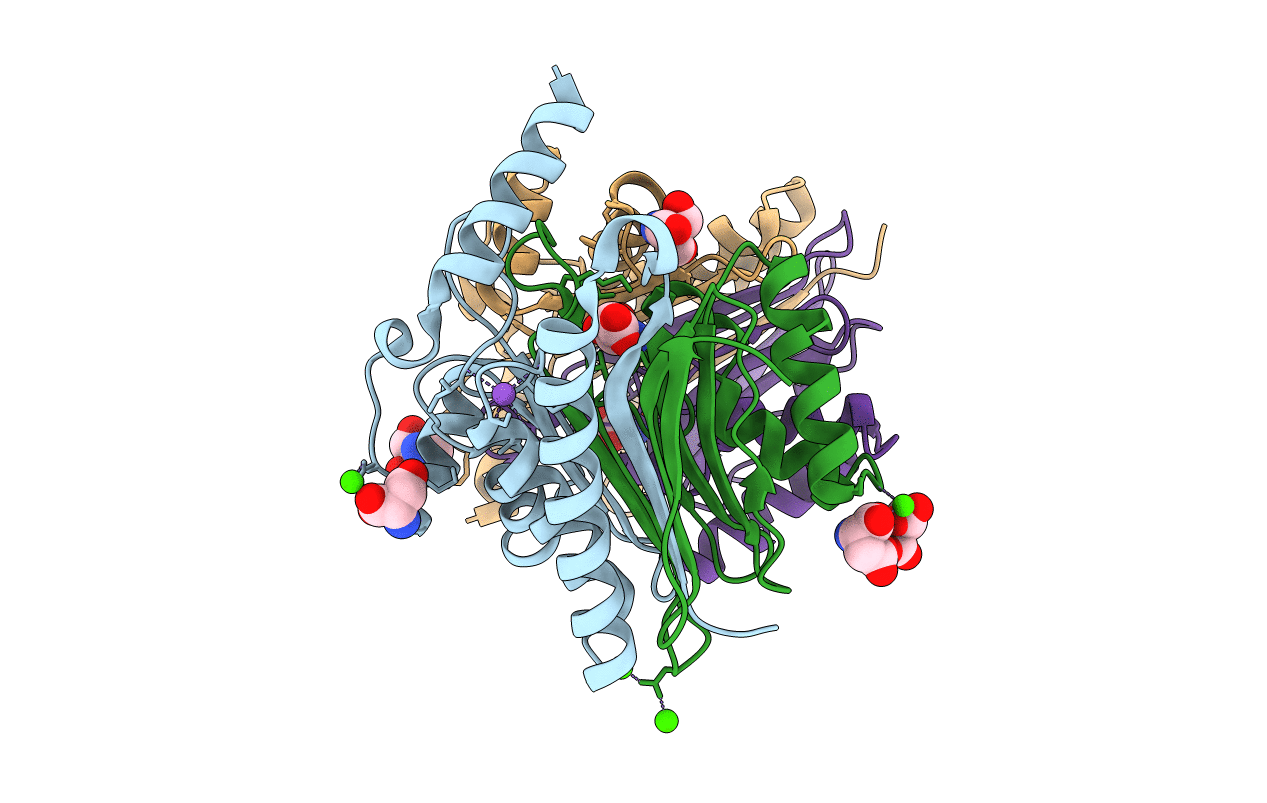
Deposition Date
2007-10-07
Release Date
2007-10-30
Last Version Date
2023-11-01
Entry Detail
PDB ID:
2ZAL
Keywords:
Title:
Crystal structure of E. coli isoaspartyl aminopeptidase/L-asparaginase in complex with L-aspartate
Biological Source:
Source Organism:
Escherichia coli (Taxon ID: 83333)
Host Organism:
Method Details:
Experimental Method:
Resolution:
1.90 Å
R-Value Free:
0.18
R-Value Work:
0.15
R-Value Observed:
0.15
Space Group:
P 21 21 21


